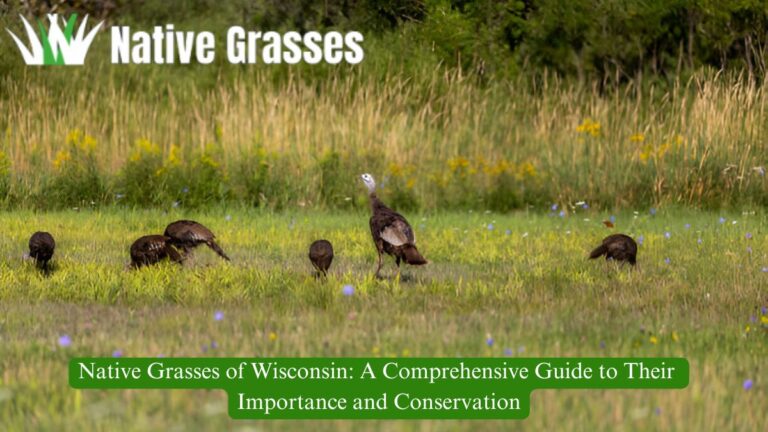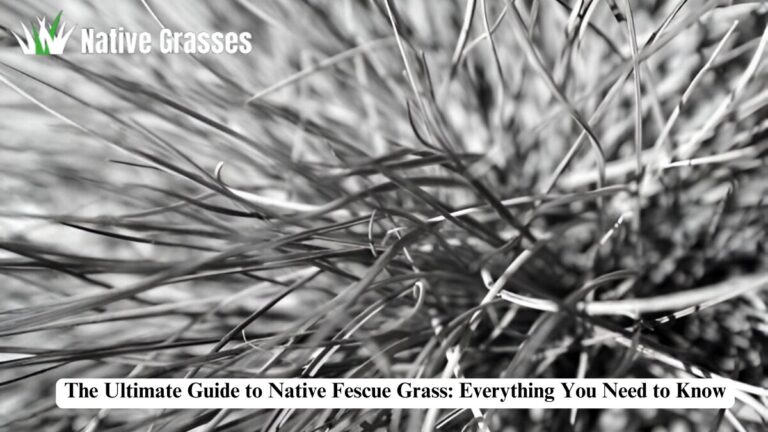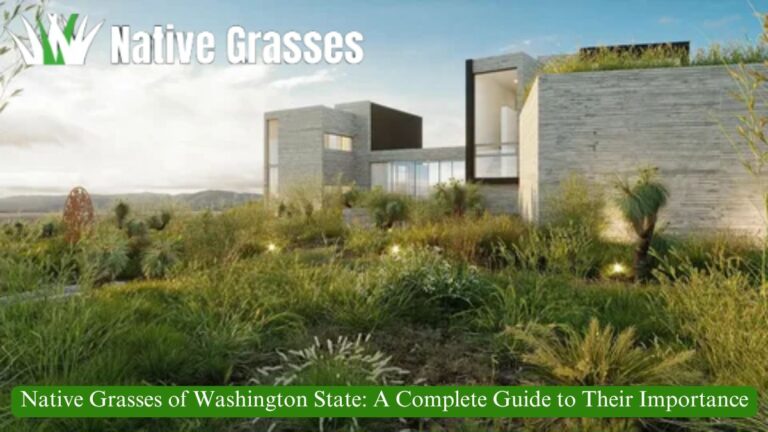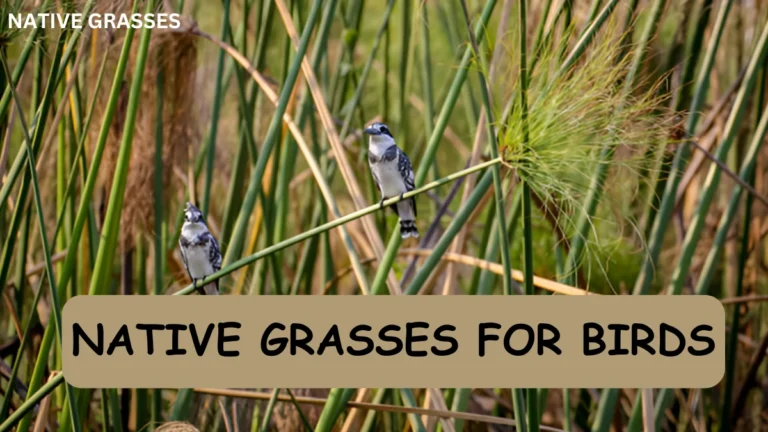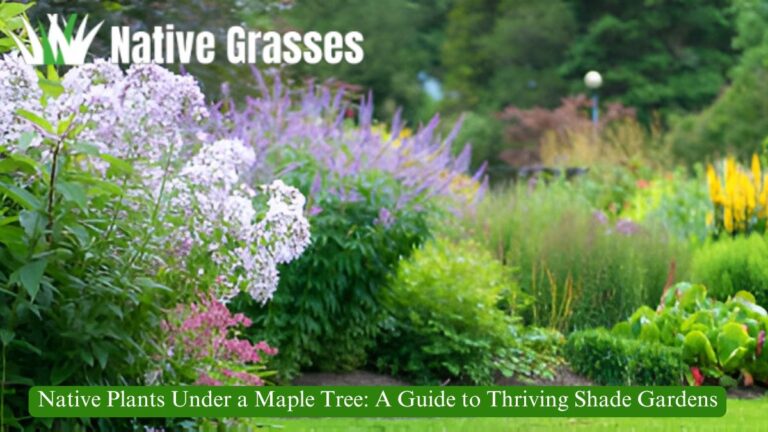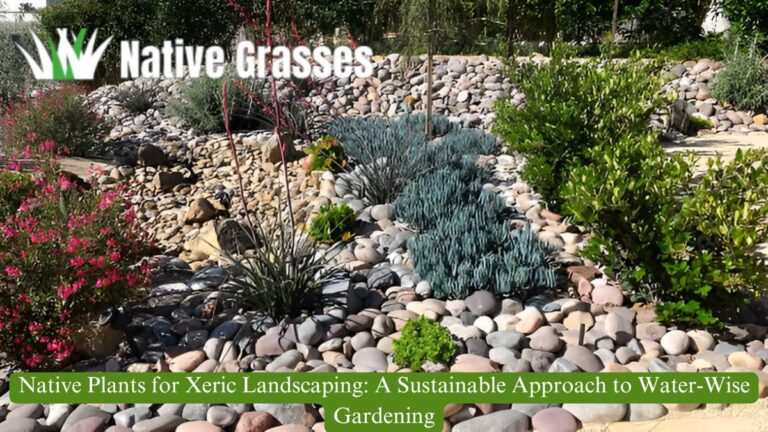Georgia Native Ornamental Grasses: A Comprehensive Guide
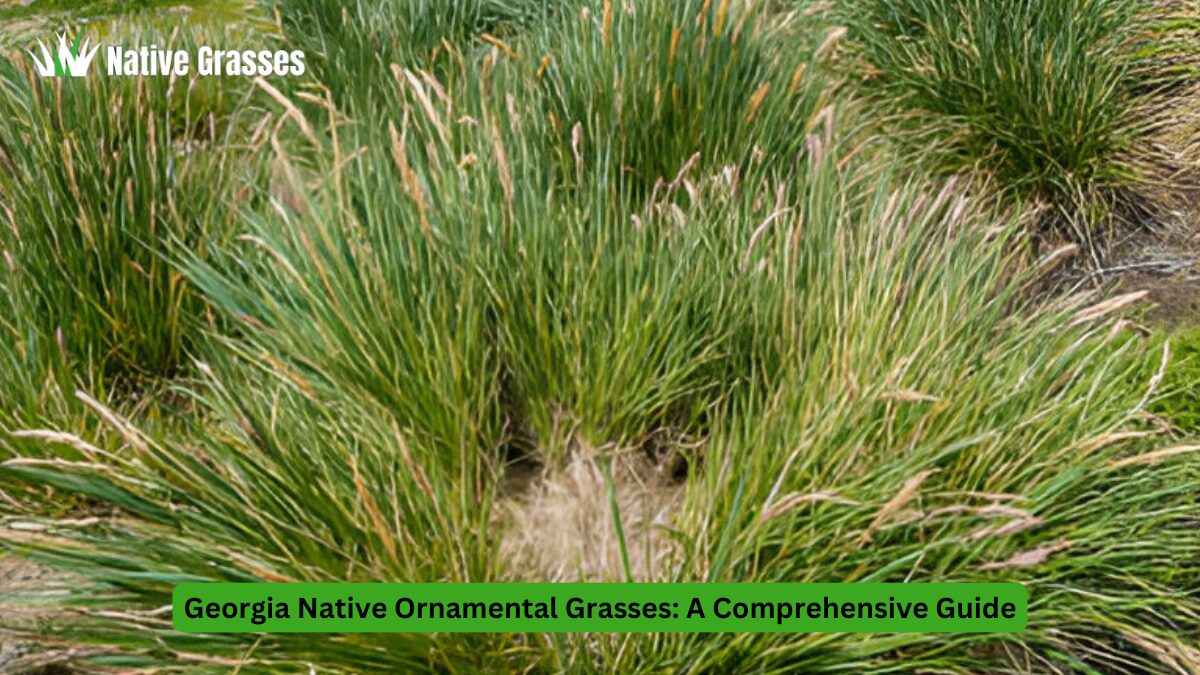
Georgia’s diverse climate and rich soils make it an ideal location for cultivating native ornamental grasses. These grasses offer more than just aesthetic value; they contribute to soil stability, provide habitats for wildlife, and require minimal maintenance compared to non-native species. Whether designing a home garden, restoring a natural habitat, or enhancing a public landscape, native ornamental grasses can bring beauty and sustainability to your project.
In this comprehensive guide, we’ll explore the benefits, types, planting techniques, and maintenance tips for Georgia native ornamental grasses. You’ll also find case studies, practical advice, and answers to frequently asked questions to help you make informed decisions.
Benefits of Georgia Native Ornamental Grasses
Aesthetic Appeal
Native ornamental grasses add texture, movement, and color to any landscape.
- Seasonal Interest: Many grasses change color throughout the year, providing year-round beauty.
- Architectural Features: Tall grasses create stunning vertical elements.
- Versatile Designs: Suitable for borders, meadows, or as standalone features.
Environmental Benefits
These grasses play a crucial role in Georgia’s ecosystems.
- Erosion Control: Their deep root systems stabilize soil on slopes and hills.
- Wildlife Habitat: They provide shelter and food for birds, insects, and small mammals.
- Water Conservation: Once established, they thrive with minimal watering.
Low Maintenance Requirements
Native ornamental grasses are hardy and adaptable to Georgia’s climate.
- Drought Resistance: Perfect for regions with sporadic rainfall.
- Pest and Disease Resistance: Naturally resilient to local pests.
- Minimal Upkeep: No need for frequent fertilizing or mowing.
Popular Georgia Native Ornamental Grasses
Little Bluestem (Schizachyrium scoparium)
Characteristics
- Height: Grows up to 3 feet.
- Color: Blue-green in summer, turning reddish-bronze in fall.
- Soil Preference: Thrives in well-drained, sandy soils.
Benefits
- Wildlife Attraction: Supports butterflies and provides bird nesting material.
- Erosion Control: Ideal for stabilizing slopes.
- Low Maintenance: Tolerates drought and poor soils.
Planting Tips
- Spacing: Space plants 12-18 inches apart.
- Sunlight: Requires full sun for optimal growth.
- Watering: Water sparingly after establishment.
Pink Muhly Grass (Muhlenbergia capillaris)
Characteristics
- Height: Reaches 2-3 feet tall.
- Color: Vibrant pink plumes in fall.
- Soil Preference: Adapts to a wide range of soil types.
Benefits
- Visual Impact: Striking color makes it a focal point in landscapes.
- Pollinator-Friendly: Attracts bees and butterflies.
- Hardy Growth: Withstands heat and drought.
Planting Tips
- Spacing: Plant 18-24 inches apart for dense coverage.
- Sunlight: Thrives in full sun but tolerates partial shade.
- Watering: Requires moderate watering until established.
Indian Grass (Sorghastrum nutans)
Characteristics
- Height: Can grow up to 7 feet.
- Color: Golden-brown plumes in late summer.
- Soil Preference: Prefers fertile, well-drained soils.
Benefits
- Wildlife Habitat: Provides cover for small mammals.
- Erosion Control: Deep roots anchor soil effectively.
- Seasonal Beauty: Adds golden hues to landscapes.
Planting Tips
- Spacing: Space plants 24-36 inches apart.
- Sunlight: Requires full sun for vigorous growth.
- Watering: Minimal watering needed after establishment.
Designing with Georgia Native Ornamental Grasses
Choosing the Right Grasses
Select grasses based on your specific landscape needs.
- For Dry Areas: Little Bluestem and Pink Muhly Grass are drought-tolerant.
- For Wetlands: River Oats (Chasmanthium latifolium) thrive in moist soils.
- For Height: Indian Grass adds vertical interest.
Pairing with Other Plants
Combine native grasses with complementary species.
- Wildflowers: Pair with Black-Eyed Susans and Coneflowers for a natural look.
- Shrubs: Use alongside native shrubs like Wax Myrtle.
- Groundcovers: Mix with native groundcovers like Creeping Phlox.
Creating Focal Points
Use grasses to draw attention to specific areas.
- Borders: Define edges with shorter grasses.
- Accent Plants: Highlight walkways or water features.
- Meadows: Mix multiple species for a dynamic appearance.
Planting and Establishing Native Grasses
Site Preparation
Proper preparation ensures successful growth.
- Soil Testing: Check pH and nutrient levels.
- Weed Removal: Clear existing vegetation to reduce competition.
- Amendments: Add compost or sand as needed based on soil type.
Planting Techniques
Follow best practices for planting success.
- Direct Seeding: Scatter seeds evenly over prepared soil.
- Transplanting: Use plugs for faster establishment.
- Mulching: Apply a light mulch layer to retain moisture.
Timing
Plant during the optimal seasons for your region.
- Spring: Ideal for most grasses.
- Fall: Good for cool-season varieties.
Maintaining Native Ornamental Grasses
Watering
Ensure proper hydration during the establishment phase.
- Initial Stage: Water twice a week.
- After Establishment: Reduce to once a month during dry periods.
Pruning
Periodic pruning keeps grasses healthy.
- Timing: Cut back in late winter before new growth emerges.
- Height: Trim to 6-8 inches above ground level.
Pest and Weed Control
Keep your grasses healthy by managing threats.
- Weeds: Use mulch or hand-pulling to suppress weeds.
- Pests: Rarely affected, but monitor for grasshoppers or aphids.
Table: Popular Georgia Native Ornamental Grasses
| Grass Species | Height (ft) | Color | Benefits | Soil Preference |
| Little Bluestem | 3 | Blue-green/Red | Erosion control, Wildlife | Well-drained, Sandy |
| Pink Muhly Grass | 2-3 | Pink Plumes | Visual Impact, Pollinators | Adaptable |
| Indian Grass | 6-7 | Golden-Brown | Seasonal Beauty, Habitat | Fertile, Well-drained |
| River Oats | 2-4 | Green/Tan | Shade Tolerance, Wet Areas | Moist |
Case Studies: Successful Use of Georgia Native Ornamental Grasses
Case Study 1: Urban Landscaping in Atlanta
A municipal project in Atlanta incorporated native grasses like Pink Muhly Grass and Little Bluestem into city parks. The project reduced water usage by 30% and enhanced urban biodiversity.
Case Study 2: Erosion Control in North Georgia
A homeowner in North Georgia used Indian Grass and River Oats to stabilize a steep slope. Within two years, the area saw a 50% reduction in soil erosion.
Case Study 3: Pollinator Garden in Savannah
A community garden in Savannah featured native grasses alongside wildflowers. The garden attracted diverse pollinators and became an educational tool for local schools.
Conclusion
Georgia native ornamental grasses offer a blend of beauty, functionality, and sustainability. By selecting the right species, preparing your site, and following proper planting and maintenance techniques, you can create stunning landscapes that support local ecosystems. Whether you’re designing a backyard retreat or restoring a public space, native grasses are an invaluable addition.
FAQs
What are the best Georgia native ornamental grasses for drought tolerance?
Little Bluestem and Pink Muhly Grass are excellent choices for drought-prone areas.
Can native ornamental grasses thrive in shaded areas?
Yes, grasses like River Oats are well-suited for partial to full shade.
How do I control weeds in ornamental grass plantings?
Use mulch and hand-pulling to suppress weeds without harming grasses.
When is the best time to plant native grasses in Georgia?
Spring is ideal for warm-season grasses, while fall works well for cool-season varieties.
Are native ornamental grasses deer-resistant?
Many native grasses, such as Little Bluestem, are naturally deer-resistant.
How long do native grasses take to establish?
Most grasses establish within one growing season but may take up to two years for full maturity.
Do ornamental grasses need fertilizer?
Fertilizer is generally unnecessary. Conduct a soil test to determine if amendments are needed.
Can ornamental grasses be used for erosion control?
Yes, grasses like Indian Grass and Little Bluestem are effective at stabilizing soil.
How often should I prune ornamental grasses?
Prune once a year in late winter to encourage healthy new growth.
Are there native grasses that attract pollinators?
Pink Muhly Grass and Little Bluestem are excellent for attracting bees and butterflies.

